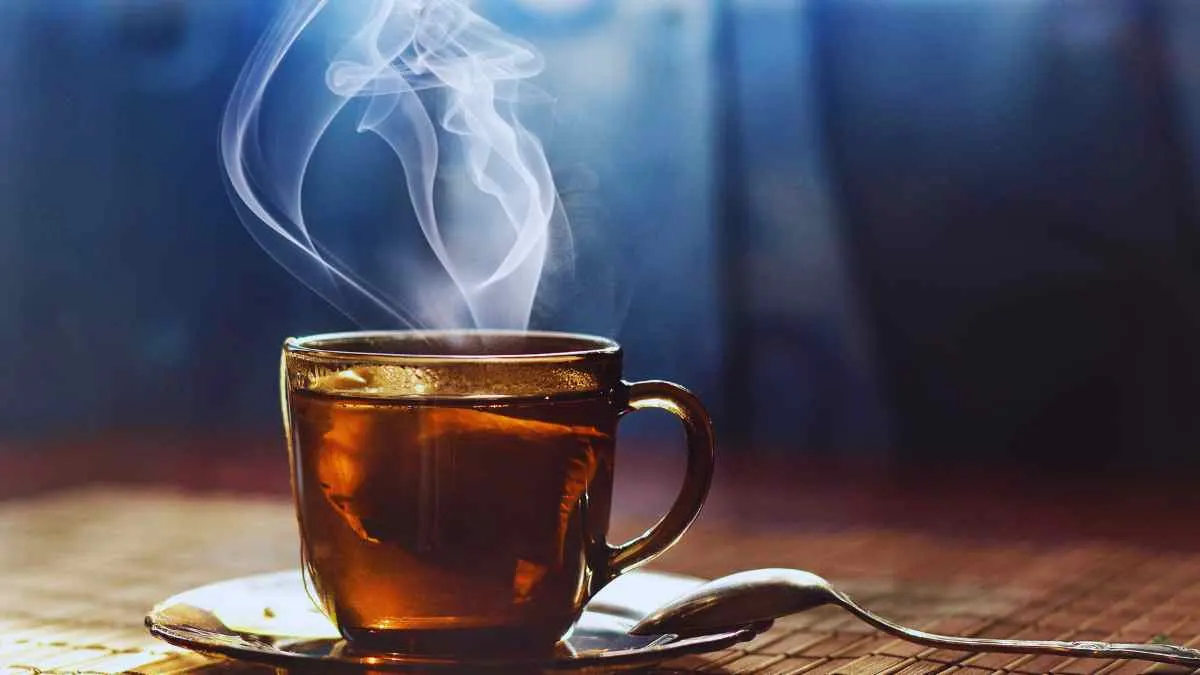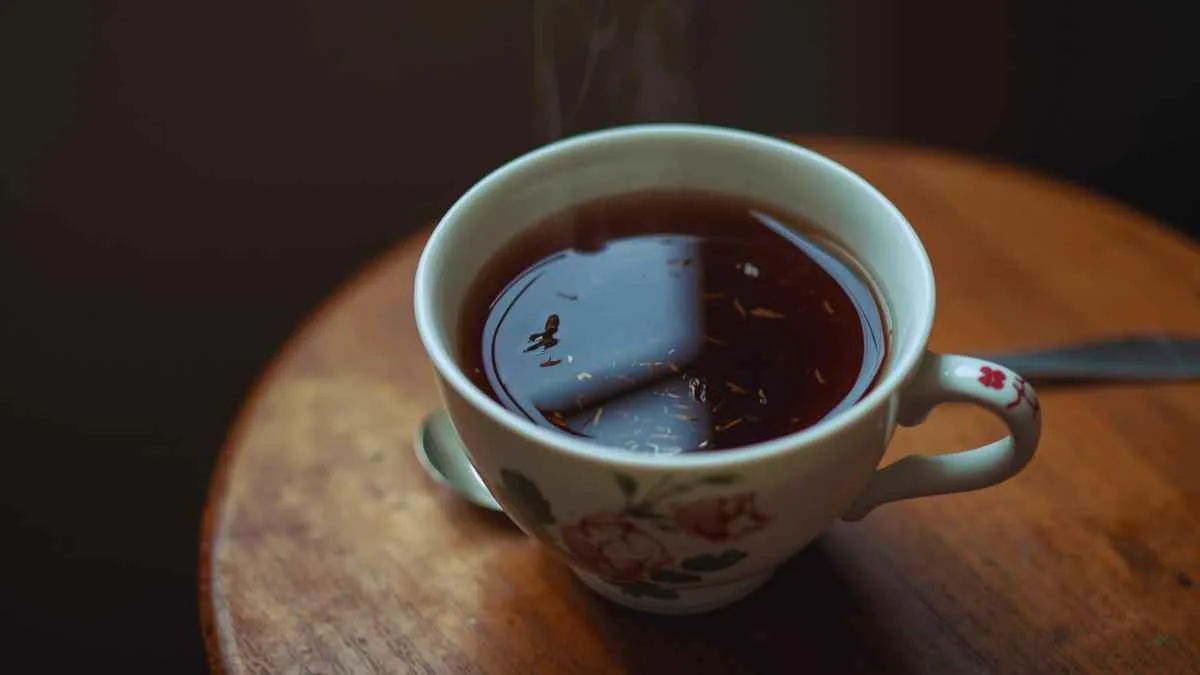Black tea, with its rich history and robust flavor, is a staple in many cultures. However, its taste can sometimes be perceived as too astringent or bitter.
Fortunately, there are numerous methods to enhance the flavor profile of black tea, making each cup a delightful experience.
This guide delves into How To Make black tea taste better, various techniques, from selecting quality tea leaves to incorporating spices and herbs, ensuring a flavorful brew every time.
How To Make black tea taste better:

1. Selecting Quality Black Tea
The foundation of a great cup of black tea lies in the quality of the leaves. Opt for loose-leaf tea over tea bags, as it generally offers a more nuanced flavor. Loose leaves unfurl during brewing, releasing essential oils and flavors that are often lost in the finely ground tea found in bags. Sweet Steep
Understanding Tea Grades
Tea leaves are categorized based on their size and processing method:
-
Whole Leaf: Offers the most complex flavors and aromas.
-
Broken Leaf: Provides a quicker brew with a stronger taste.
-
Fannings: Small broken leaves, often found in tea bags, leading to a brisk, strong brew.
Choosing the appropriate grade based on personal preference can significantly impact the tea’s taste.
2. Proper Brewing Techniques
The way you brew your black tea can make a significant difference in taste.
Water Temperature
Black tea requires water temperatures between 200°F to 212°F (93°C to 100°C). Using water that’s too cool can result in under-extraction, while water that’s too hot can cause bitterness. Red Rock Tea House
Steeping Time
Steep black tea for 3 to 5 minutes. Steeping for less than 3 minutes may produce a weak brew, while over-steeping can release tannins, leading to bitterness. Sencha Tea Bar
Tea-to-Water Ratio
A general guideline is to use 1 teaspoon of loose-leaf tea per 8 ounces of water. Adjusting this ratio allows for a stronger or milder brew based on personal preference. Teabloom
3. Enhancing Flavor with Additives
Spices and Herbs
Incorporating spices can transform the flavor profile of black tea:
-
Cardamom: Adds a sweet, aromatic flavor.
-
Cinnamon: Imparts warmth and sweetness.
-
Cloves: Introduce a bold, spicy note.
-
Ginger: Offers a zesty, invigorating kick.
-
Lemongrass: Provides a fresh, citrusy aroma. Simple Loose Leaf
These spices can be added during the brewing process or infused separately and combined later.
Citrus Fruits
Adding slices of lemon, orange, or lime can brighten the tea’s flavor, balancing its natural astringency with a hint of sweetness. Yahoo
Sweeteners
While sugar is commonly used, consider alternatives like honey, agave nectar, or stevia for a different sweetness profile. Each sweetener can subtly alter the tea’s taste.
4. Infusions and Blends
Creating custom blends can lead to unique flavor experiences.
Fruit Infusions
Adding dried fruits like berries, apples, or peaches during brewing can impart natural sweetness and complexity. Tasting Table
Floral Notes
Incorporating dried flowers such as jasmine, rose petals, or lavender can introduce delicate floral aromas and flavors. Simple Loose Leaf
Smoky Variants
For those who enjoy a robust flavor, consider Lapsang Souchong, a black tea smoked over pinewood fires, offering a distinctive smoky taste. Wikipedia
Recommended: Disadvantages Of Black Coffee
5. Cold Brewing for a Smooth Taste
Cold brewing involves steeping tea in cold water for an extended period, typically 6 to 12 hours. This method results in a smoother, less astringent flavor, as fewer tannins are extracted. It’s an excellent option for iced tea enthusiasts. Teabloom
6. Regional Variations and Cultural Influences
Different cultures have unique ways of preparing black tea:
-
India: Masala chai combines black tea with spices like cardamom, cinnamon, and ginger, often brewed with milk and sugar.
-
Sri Lanka: Known for Ceylon tea, which can be enjoyed plain or with a slice of lemon.
-
China: Offers varieties like Keemun and Yunnan, each with distinct flavor profiles.
-
England: Afternoon tea often features blends like Earl Grey or English Breakfast, served with milk and sugar.
Exploring these regional variations can provide a broader appreciation of black tea’s versatility.
7. Troubleshooting Common Issues
Bitterness
If your tea tastes bitter:
-
Ensure you’re using the correct water temperature.
-
Avoid over-steeping the tea.
-
Consider adding a pinch of baking soda to neutralize acidity. Simply Recipes
Weak Flavor
If the tea tastes weak:
-
Increase the tea-to-water ratio.
-
Use freshly boiled water.
-
Ensure the tea leaves are of good quality.
Frequently Asked Questions:
Q1: Can I add milk to black tea?
A1: Yes, many enjoy black tea with milk, especially varieties like English Breakfast or Assam. Milk can mellow the tea’s astringency and add creaminess.
Q2: How can I make iced black tea?
A2: Brew the tea as usual, then cool it to room temperature and refrigerate. For a quicker method, brew the tea directly over ice.
Q3: Is it okay to drink black tea every day?
A3: In moderation, black tea is generally safe and offers health benefits due to its antioxidant content. However, excessive consumption may lead to caffeine-related side effects.
Note:
Enhancing the flavor of black tea is a delightful journey of experimentation and personal preference. By selecting quality leaves, mastering brewing techniques, and exploring various additives and blends, you can tailor each cup to your taste.
If you prefer a traditional approach or enjoy infusing creative flavors, the world of black tea offers endless possibilities for discovery.

